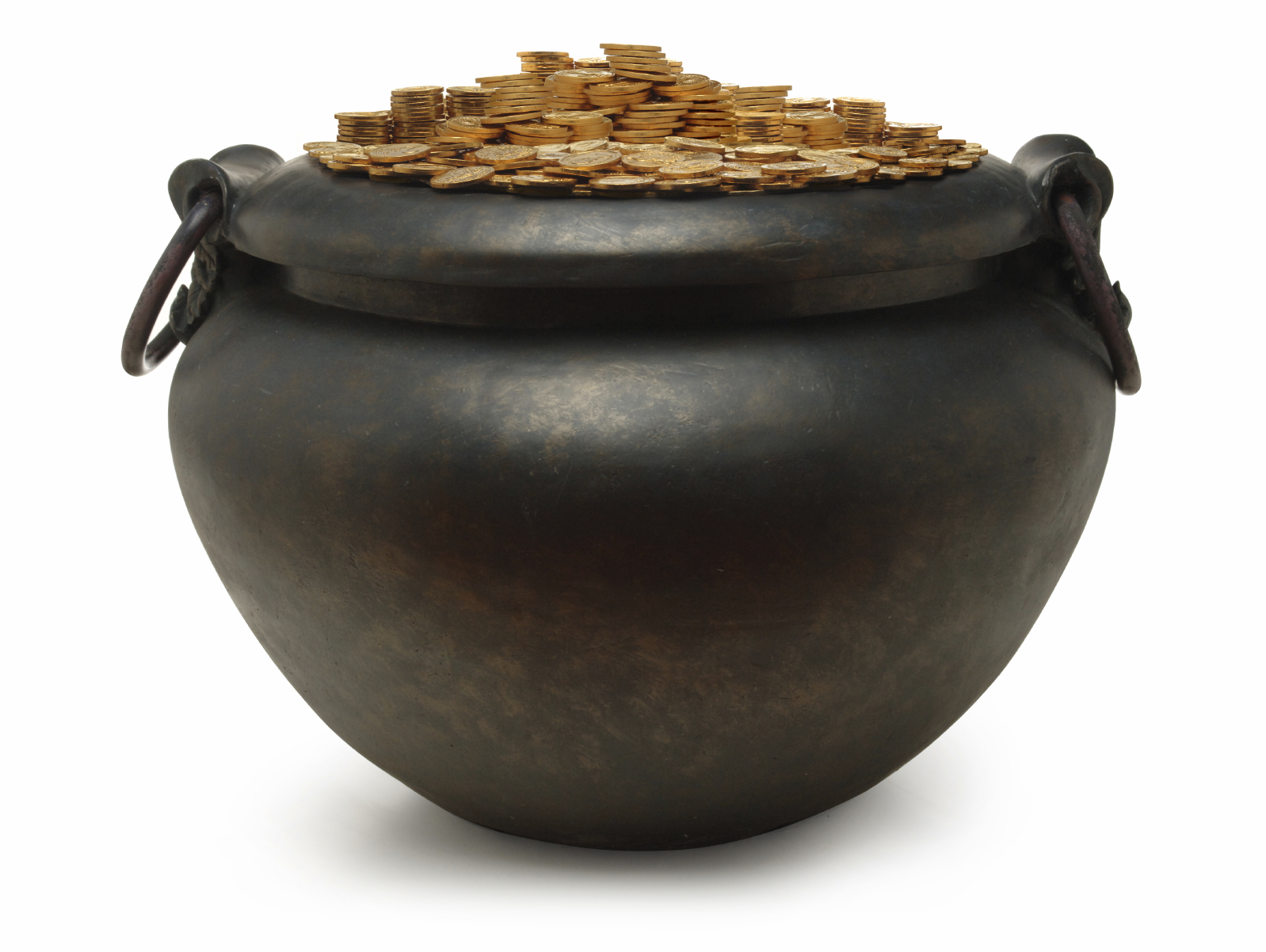
Energy efficiency program cost effectiveness is measured with several complex, industry-accepted methods as described in earlier Program Briefs (Cost Benefit Tests, DSM Societal and Utility Cost Tests, and Program Design Management: The TRC Test). A layperson can more easily understand cost effectiveness as program cost per unit of energy saved – kWh, therm, kW. Program equity involves providing benefits relatively evenly across all sectors according to what those sectors pay into the program portfolio pot of money. The challenge is balancing cost effectiveness and equity.
Large commercial and industrial (C&I) programs should be more cost effective than small – medium commercial and residential. First, large C&I customers are more likely to be managed by a utility key account manager. This relationship is critical because good key account managers know and understand their customers’ businesses, needs, pain points, and hopefully their priorities. This offers tremendous leverage for identifying and implementing major projects with major energy savings without a great deal of program dollars – at least for marketing, recruitment, and program awareness.
Conversely, small and medium businesses are substantially more difficult to reach. They are unmanaged, and in some cases, their only contact with the utility is through the general customer hotline.
Direct install programs are popular for small businesses with up to about $50,000 in annual energy bills. The conventional direct install program includes giving projects away to customers because marketing to them, including the status-quo, six-touch sales job, is simply not cost effective on a dollar-per-unit savings scale. Better solutions include leveraging trade allies to pound the pavement with their customers with subsidization of measures.
Medium-size customers, those with annual bills roughly between $50,000 and $500,000, have in many cases become the most difficult segment to address. They have no account manager paying attention to them. They are too large for direct install programs. With no personal attention, they cost a lot to recruit and educate.
On top of all this is the need to be equitable with customers to maintain customer satisfaction. In these cases, utilities want to help these customers who have been paying into the programs for years, even though they have little savings opportunity. This is another cost effectiveness challenge.
What to do?
First, maximize cost effectiveness where it is easy – large C&I. These customers should be sophisticated such that “spreading it around” should not be a factor in program design. If they aren’t smart enough to leverage the money, their competitors ought to be allowed to take advantage of that.
Second, a strong education and awareness campaign is needed for the forgotten middle. Programs need to throw more marketing dollars to these efforts and develop knowledgeable call center staff to support it.
Third, develop a vibrant trade ally network for small business such that there is an abundance of supply developed by the program. Higher trade ally supply results in innovation and lower costs.




